Cooking is one of the activities I enjoy doing, regardless if I’m at home or camping in the wilderness. After years of experimenting with various methods of cooking and improvising recipes with whatever ingredients I had available, I can tell you that nothing beats cast iron cookware. It seems that whatever you are cooking and however you are doing it, food just tastes better if you use a cast iron skillet or a Dutch oven.
And seeing that sales of both newly manufactured cast iron and “antique” pieces of cast iron are in high demand nowadays, it looks like Americans are rediscovering their love for cast iron cookware. These items are lucky finds at garage sales or flea markets, and I’ve seen people paying hundreds of dollars for specific vintage pieces of cast iron.
So, what’s with all this buzz about cast iron? Is cast iron all that better than new cookware? And if so, what are the most basic pieces you need to start experimenting with cast iron cooking?
Back in the old days
Casting iron is probably one of the oldest skills known to us humans, and its believed to have originated in China in the 5th century B.C. This skill eventually traveled to the west, where it was mostly used to make cannons and the ammunition needed for these bombards, cannonballs.
It wasn’t until the mid-19th century that cast iron came into its own as cookware. And everyone back then had a cast-iron cook pot that was used for cooking meals over a fire. In fact, during the 19th century, several American manufacturers came into existence, including the Griswold Company (founded in 1865), which originally made hinges and stove parts, but also high-quality cookware. Their cast iron cookware is highly prized today, and collectors will pay hundreds of dollars for a single piece of cast iron.
Cast iron is created by heating pig iron, an iron ore derivative, to about 2,000 degrees Fahrenheit and pouring the molten metal into sand molds. Once the metal cools and hardens, the sand mold is broken, and a pot or pan emerges. A little polishing is needed, and that’s pretty much all there is to start using the pot or pan.
With the appearance of modern foundries and techniques, cast iron manufacturers began offering a wider range of items, and it made cast iron even more affordable than before. One of the most known cast iron manufacturers is the Lodge Cast Iron company (founded in 1896), and they still operate the same foundry in South Pittsburg, Tennessee.
I own a few cast iron pieces from their line of pre-seasoned cookware, which was launched in 2002. I consider their cookware to be an industry standard, and anyone looking for quality cast iron cookware will find a vast array of products in their catalog.
The fall and rise of cast iron cookware
In the 1950s, cast iron began losing its popularity since modern cookware manufacturers introduced products like Teflon. These new products, with their amazing nonstick properties, began capturing the attention of cooks, especially since the cleanup of these products took less time than seasoning a cast iron piece after each use.
However, people soon began to realize that Teflon is subjectable to chip and scratch, and the nonstick surface doesn’t last for long. Not to mention that chipped Teflon and the smoke of these overheated pieces of cookware can pose a health risk to humans.
With Teflon slowly fading in popularity, cooks of all levels and social classes began turning to the tried-and-true cast iron. Nowadays, cast iron is highly popular, and a lot of folks are looking to join the ever-growing family of cast iron users. If you are ready to do the same, here are a few suggestions of what to look for first.
Cast iron cookware selection
Skillets
I consider a standard, 10-inch skillet to be the must-have piece of any cook, and it’s usually the workhorse of my cast-iron collection. I use it for frying, simmering, roasting, browning meat, and stir-frying, regardless if I’m at home or in the woods. It can go on the stovetop, in the oven, or it can sit comfortably on a bed of blazing coals. I’ve used my skillet to make cornbread, Bannock, and even Pizza.
Cast iron skillets come in a variety of sizes, from a 6-inch wide and 1 ½ inches deep skillet to a 15-inch wide and 2 ½ inches deep skillet. I’ve seen even wider skillets, but these have handles on both sides and don’t usually fit the definition of a skillet. Also, remember that the larger the skillet you pick, the bigger the burner or the campfire layout needs to be to properly accommodate that skillet.
I advise you to go with a 10- or 12-inch skillet regardless if you cook for a family dinner at home or you plan o making a complex dish in the woods.
Dutch ovens
The Dutch oven is another favorite workhorse of mine, and it can be used on the stovetop, in the oven, or on a bed of coals, with a few of these coals placed strategically on its lid. This classical Dutch oven is a high-sided pot with a tight-fitting domed lid that helps circulate heat and moisture. You can use it as a slow cooker, and it can help you with your various cooking needs, such as baking and boiling. Anything you would cook in a casserole dish can be cooked in a Dutch oven as well, and I’ve used my Dutch oven for making soups and stews, but also for baking bread.
If you want to use the Dutch oven for cooking over coals and to handle most of your outdoor cooking needs, pick the camp or cowboy Dutch oven since these models come with a flat lid with lipped sides, and three short legs at the bottom. It has a similar shape and handle as the classic Dutch oven to be suspended over a fire if needed, but the flat lid makes all the difference. You can place coals on the flat lid for even heating, and in case needed, you can flip the lid and use it as a griddle.
The skillet and the Dutch oven are the two and only pieces of cast iron cookware that I carry with me during my extended camping trips. They add quite a weight to my gear, but I consider them to be indispensable pieces of gear if you want to enjoy good food when nesting in the outdoors.
Griddles
A griddle pan can also be considered for the home kitchen, and it often finds its place amongst the cookware of American homes, where they are mostly used to make grilled cheese and pancakes. While you can make these foods using a skillet, these pans make your job much easier since the low sides of griddles allow food to be turned easily. I have two griddle pans from Lodge, and one is ribbed, being mostly used for grilling and not much else.
I’ve seen that they also have a large griddle with two sides that fits over two burners. When the time comes, I will replace my two griddles with this one since it has a flat side and a ribbed one. I think this will work great for cooking over an open fire and preparing various dishes, and it may come in handy when the public utilities are shut down for whatever reason.
Baking pans
A large baking pan is a must-have if you like to make Pizza or prepare baked goods like cookies. A while back, we got a large round pan that is 14 inches in diameter and has two handles. We don’t use it as much, although it’s a versatile pan that can be used for any baking project you want to tackle.
I do have to admit that we used to rely heavily on this baking pan a few times a week during our “Pizza years,” and I can tell you nothing makes a great crispy pizza crust like a cast iron baking pan. The only thing that’s holding us back from using it right now is the fact that we are trying to eat healthier, and Pizza doesn’t really fit into this category.
Fry pans
A frying pan can be another useful addition to your cast iron cookware collection since it’s deeper than a skillet, and it allows you to deep fry food without as much splattering. A frying pan is slightly shallower than a Dutch oven, and it also comes equipped with a handle which I find useful when simmering soups and stews.
Should I get modern cookware or look for vintage pieces?
This question often comes to mind, and those looking into the cast iron “business” will have a hard time deciding between buying new stuff or inspecting yard sales and flea markets. I have to admit that I do have two of these antique pieces that I got from garage sales, but you should know there’s no difference in the casting process between the old and the new cookware I have.
That being said, some of the newer models may be a little bit thicker than the old ones, but that doesn’t really make that much difference for the average cook. Some folks like the old models because they were polished and have that smother surface compared to the new ones. However, if you use a new piece of cast iron long enough, it will get the same smooth and shiny appearance as the old one.
The advice I can give you is to stick with what you can afford and get the pieces you need for your kitchen. Also, when using new pre-seasoned cast iron, I recommend cooking using plenty of fat or sticking to foods with a high-fat content until they are broken in. It’s also indicated to avoid acidic foods like tomatoes and citrus in the beginning since these foods can be hard on the seasoning. And lastly, keep your cast iron cookware seasoned after each use.
A quick tip on cooking with cast iron
Let it get hot. Contrary to popular belief, cast iron does not heat more evenly, but it does retain heat extremely well. I recommend that you get it scorching hot for a great sear on steaks and other meats.
I always allow my cast iron cookware to become nice and hot before adding anything.
Also, remember that when seasoning, saturated fats are preferable. Lard, bacon grease, and other fats will help you get that great nonstick feature.
Concluding
Whether you’re dusting up that old cast-iron skillet in the cupboard, inherited from your family, or are just getting started in the world of cast iron, with that new pre-seasoned skillet you just bought, it won’t take long until you discover why so many of us love cast iron.


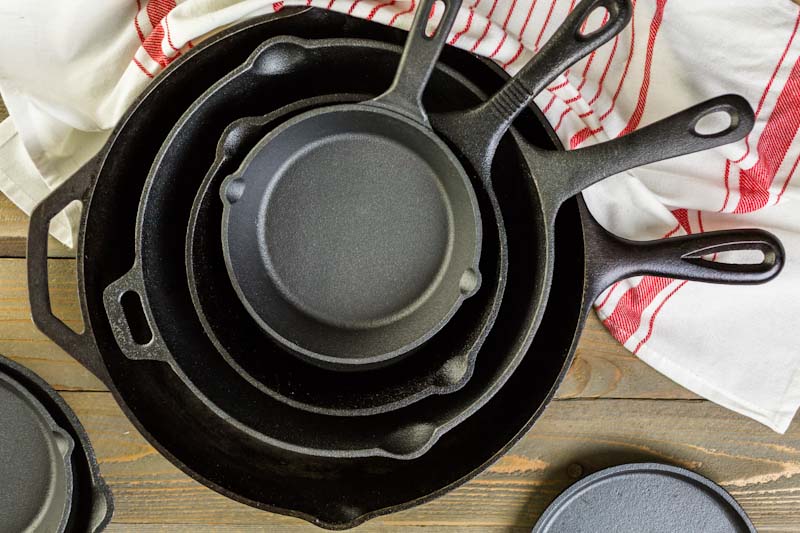



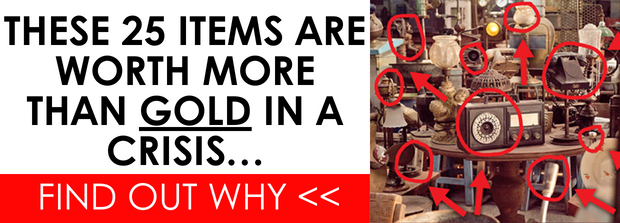
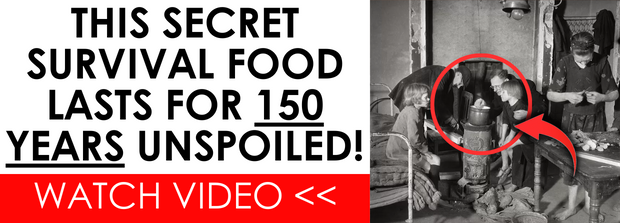
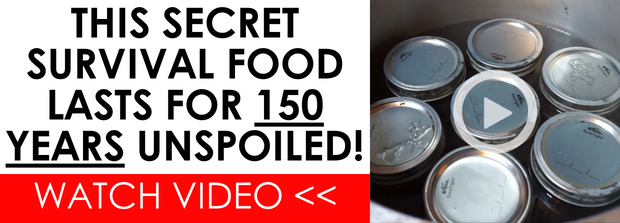

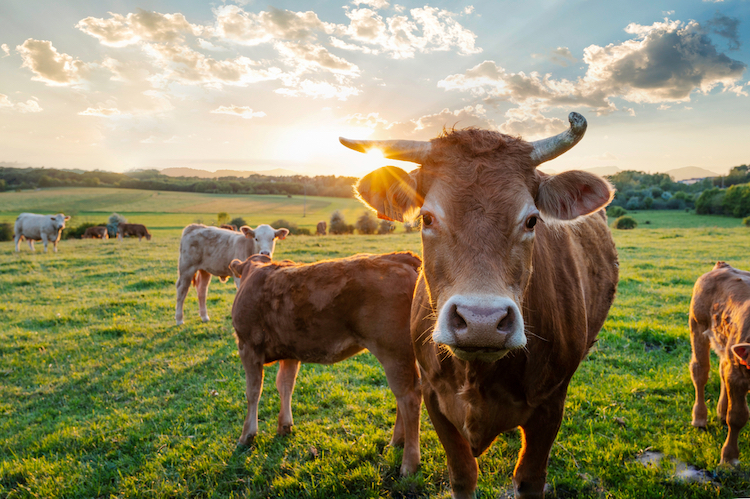
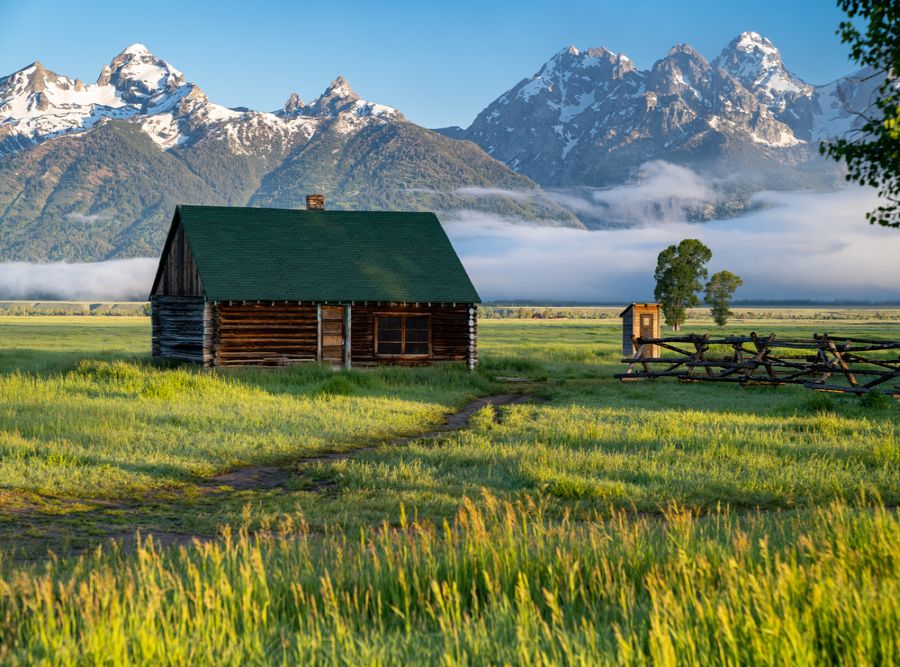
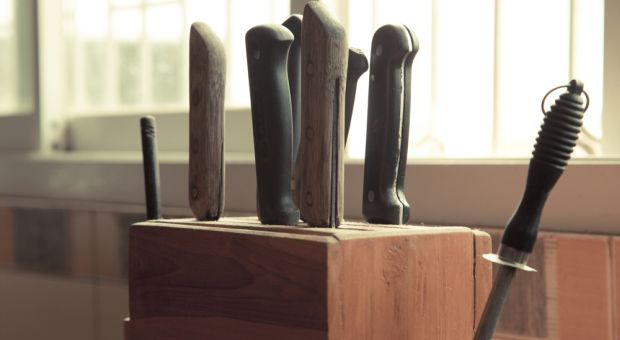

TAL | November 17, 2022
|
Great article Bob.
And no Scandinavian kitchen would be caught dead without an Abelskiver pan!